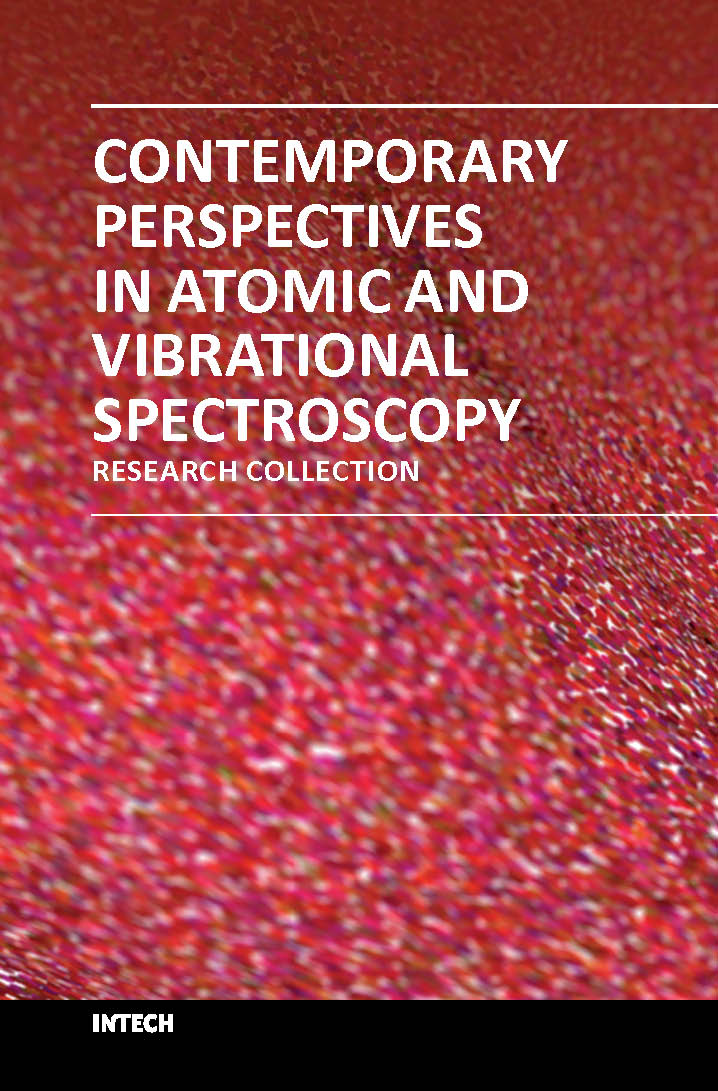There are several types of spectroscopy that utilize electromagnetic radiation from the ultraviolet, visible, near infra-red and infra-red part of the spectrum. Atomic absorption spectroscopy (AAS) interprets the spectra produced by chemical elements when they are excited by visible or UV radiation. Infra-red spectroscopy measures vibrational bond energies produced as a result of excitement with IR radiation. Another type of vibrational spectroscopy, Raman spectroscopy, measures scattering of radiation in the visible, near infra-red or near ultraviolet part of the spectrum.
This book consists of seven chapters describing contemporary aspects of vibrational spectroscopy and AAS. Topics discussed include the use of AAS to identify trace elements in natural products and foods; characterization of interference between Group II metals in AAS spectra; the application of vibrational spectroscopy in characterizing arsenic-containing industrial waste products, non-metallic organic conductors and organometallic compounds; and the use of supersonic jets to produce cooling in molecular species such as amino acids and macromolecular complexes and thus simplify the resulting vibrational spectra.
This book will be a valuable source of insight to students, practitioners and researchers across all branches of chemistry (organic, inorganic, physical and analytical), as well as other relevant disciplines such as materials science, environmental and pollution science and electronics.
| Specifications |
Descriptions |
| ISBN |
9789535117445 |
| Year |
2017 |
| Binding |
Hardcover |
| Subject |
Chemistry |
| Pages |
176 |
| Weight |
0.4 |
| Readership |
NA |



.png)